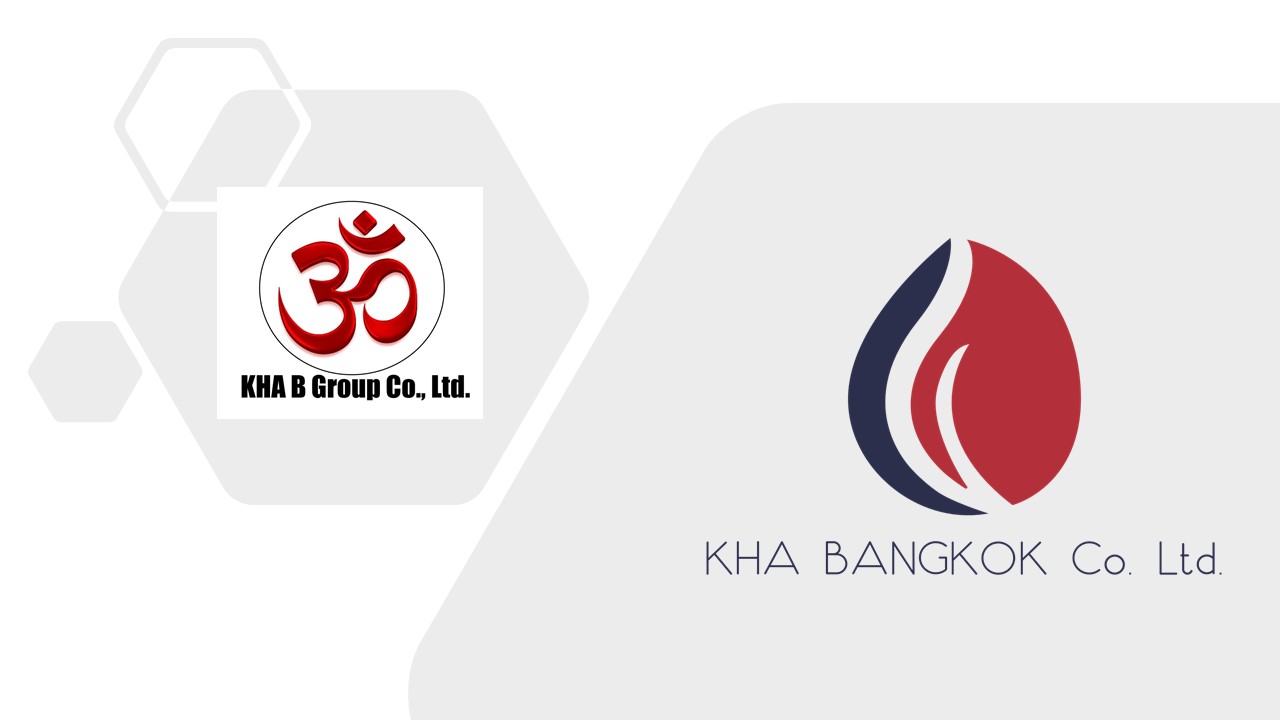The Thailand aesthetic medicine market size was valued at USD 1.46 billion in 2023 and is projected to grow at a compound annual growth rate (CAGR) of 11.6% from 2024 to 2030. Thailand has 7,000 aesthetic clinics, including 2,000 in Bangkok and 5,000 in other provinces. Many beauty surgery clinics and hospitals are expanding into comprehensive plastic surgery hospitals. Thai providers of aesthetic medicine often partner with Korean corporations, the market leaders in plastic surgery, to launch and operate aesthetic medicine instructional institutes.
The shifting trend towards maintaining optimal aesthetic beauty is one of the major drivers for the adoption of aesthetic procedures. Moreover, the rise in medical tourism and the growing geriatric population are expected to boost the market growth. However, the onset of COVID-19 in 2020 impacted the overall aesthetic market in the country. Cities like Bangkok, which are major cosmetic hubs in the country, witnessed week-long lockdowns. Medical tourism in the country faced setbacks due to travel restrictions.

However, the country has eased mobility restrictions and the aesthetic market recovered significantly by 2021 due to the high procedural demand. The demand for aesthetic procedures is increasing and reimbursements for traditional insurance‐based medicine are declining. An increasing number of medical practitioners, regardless of their specialties, are engaged in medical aesthetic practices, such as performing aesthetic procedures in their offices or practicing in medical spas. Minimally invasive procedures like injectables, laser hair removal, chemical peels, laser skin resurfacing, and non-invasive fat reduction have gained popularity in the country.
For instance, botulinum toxin filler procedures witnessed an increase of 13% in 2019 from 2018. This indicates that the demand for non-invasive procedures is growing in the country. The non-invasive procedure segment is expected to grow at a steady CAGR from 2024 to 2030. Tourism is a major economic factor in Thailand. According to the World Travel & Tourism Council (WTTC), Thailand ranked among the top five destinations globally with regard to high inbound medical tourism spending. In 2019, tourism contributed to about 20% of the country’s GDP and 60% of the medical tourists visit the country for cosmetic procedures. The Thai government allocates around 13.3% of its total healthcare budget to medical healthcare services.
The country is also recognized as the most competitive destination globally in terms of high-quality treatments and affordable healthcare. Thus, the majority of the patients from the U.S., Australia, and Europe seeking aesthetic treatment visit Thailand. Medical treatments in other Asian countries, such as Singapore and Malaysia, cost three times and two times more, respectively than those in Thailand. The country is becoming a hub for affordable and high-quality aesthetic treatments. The cost of rhinoplasty and other invasive procedures is three to four times less in Thailand as compared to other western countries. According to the International Society of Aesthetic Plastic Surgery (ISAPS), around 102,407 invasive and 52,140 noninvasive aesthetic procedures were performed in Thailand in 2020.
Moreover, ISAPS also reported that Thailand witnessed the highest (33.2%) proportion of foreign patients seeking aesthetic treatment, followed by Mexico (22.5%) and Turkey (19.2%). Rising government initiatives and the establishment of state-of-the-art medical facilities to perform aesthetic procedures have led to increased awareness and adoption of cosmetic procedures in the country. The onset of COVID-19 impacted the country’s aesthetic treatment as well as the medical tourism sector in the first and second half of 2020. Bangkok and Phuket, which are major cities in the country, are highly dependent on tourism and consist of the majority of the healthcare facilities for aesthetic treatments.
According to the Asia Foundation, more than 62% of the businesses in these regions were completely closed during strict periods of lockdown in 2020. This also implies that elective cosmetic procedures in hospitals, as well as clinics, were postponed, affecting the aesthetic medicine market in the country. However, as the country has eased mobility restrictions, its economy is expected to grow gradually by the second half of 2021. According to the International Society of Aesthetic Plastic Surgery, the volume of aesthetic treatments in the country rose higher than the pre-pandemic levels the country, for instance in 2020 invasive treatments grew by 10% and non-invasive treatments grew by 70% as compared to 2019.
Source GVR,ITA


